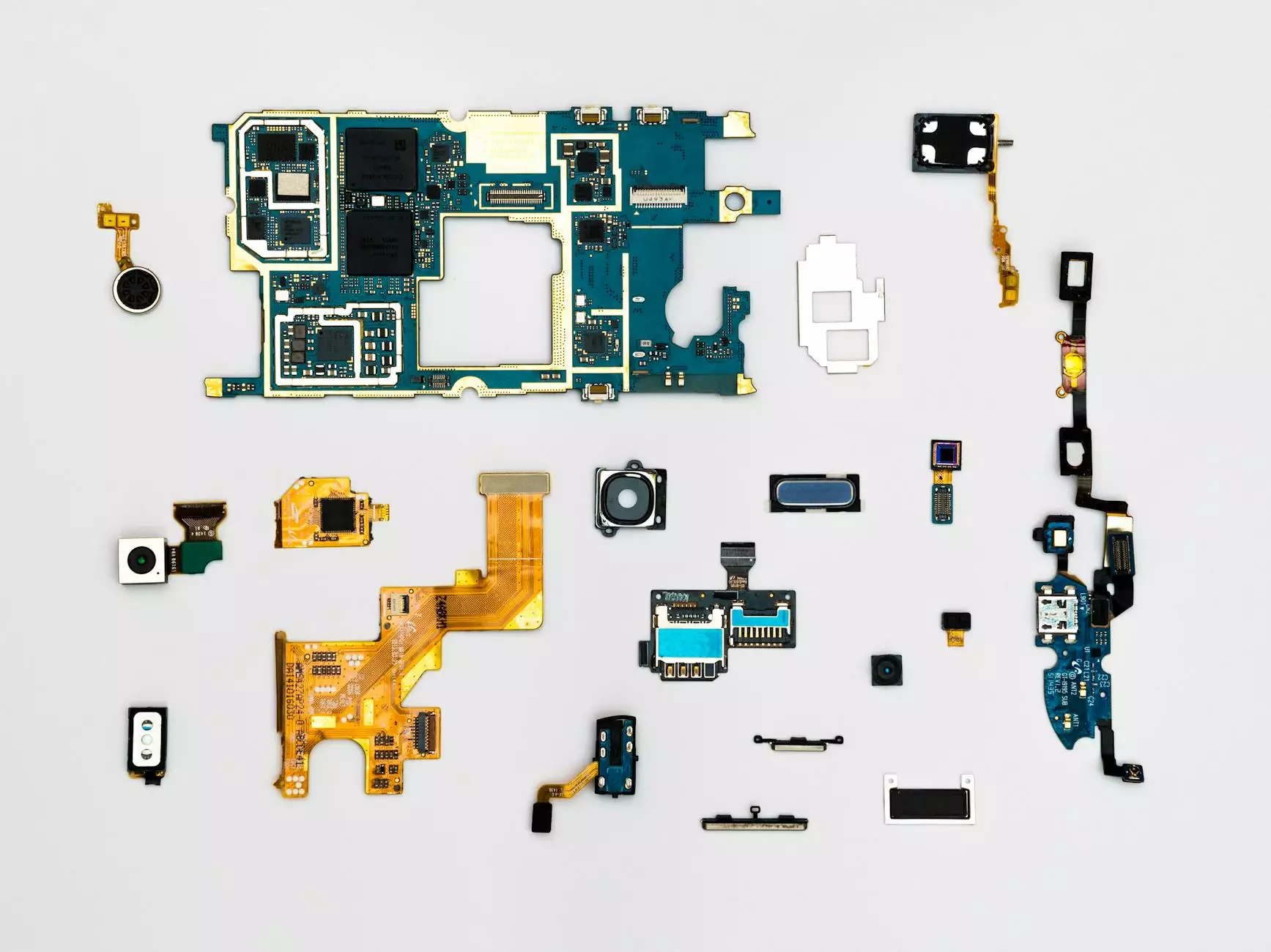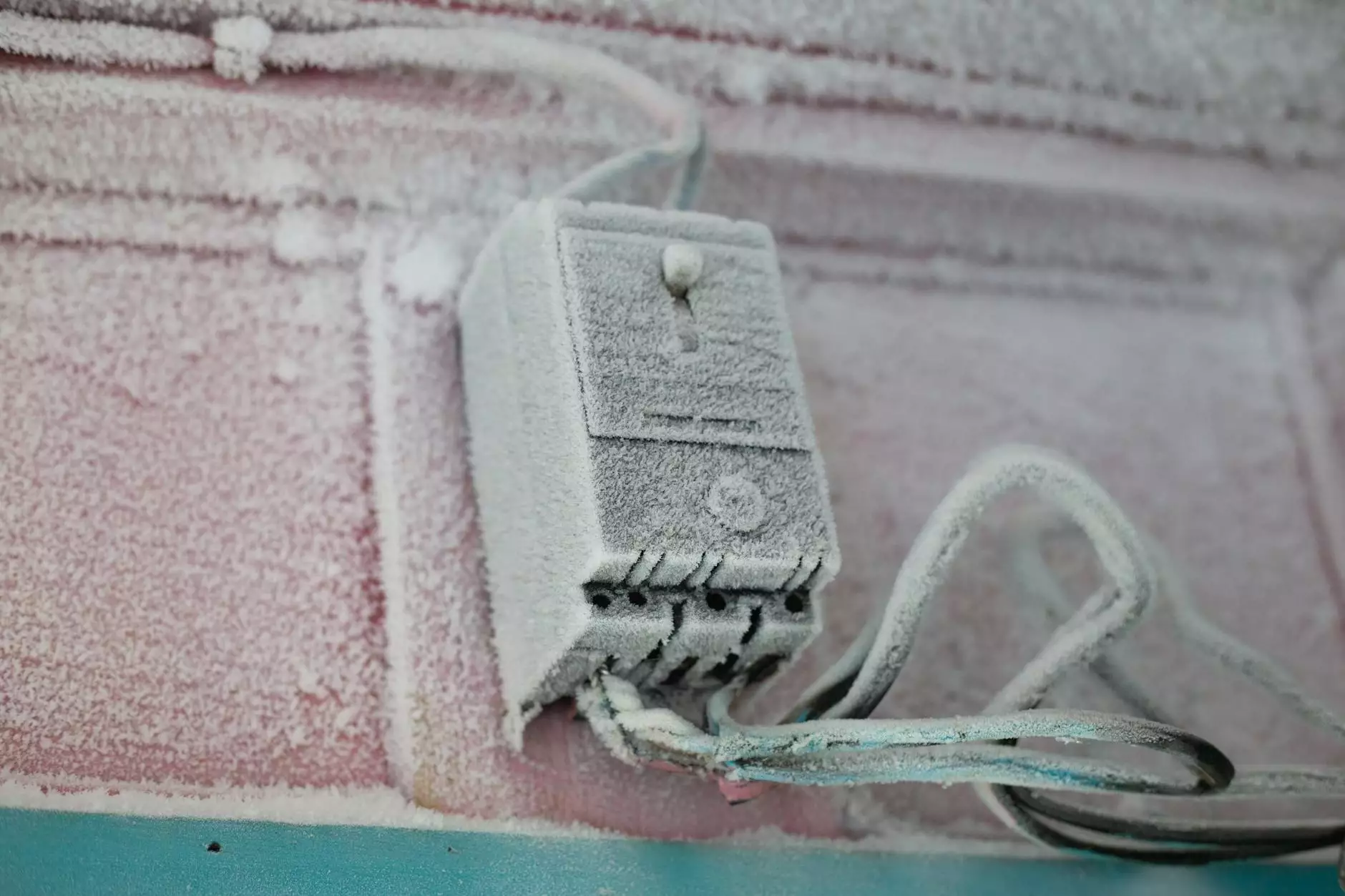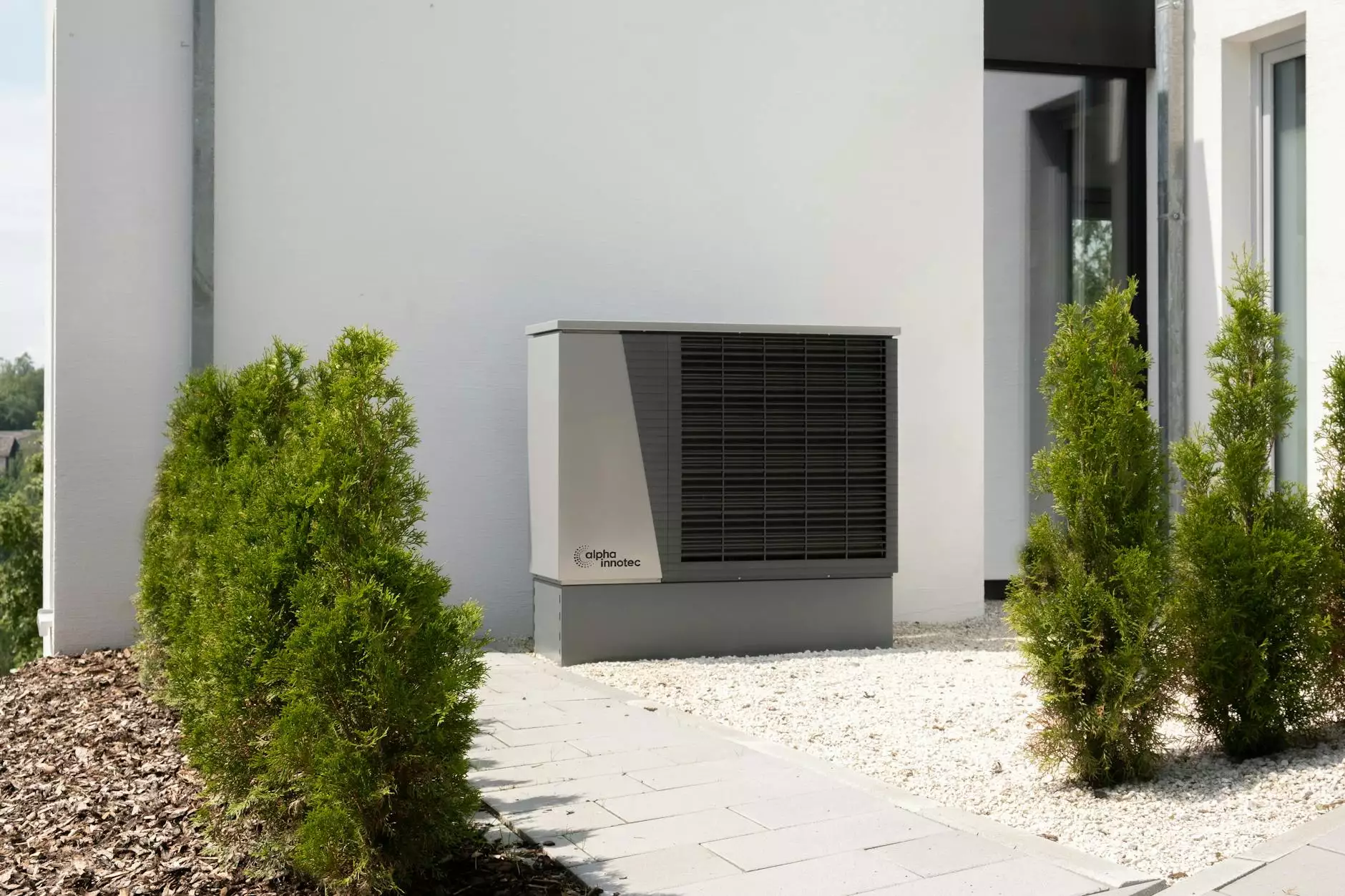Understanding the Difference Between Tendinopathy and Tendonitis: A Comprehensive Guide for Health & Medical Professionals

In the realm of musculoskeletal health and medical treatment, accurate diagnosis of tendon-related conditions is crucial for effective management. Among common tendinous disorders, the terms tendinopathy and tendonitis are often used interchangeably, but they actually refer to distinct pathological processes with significant implications for treatment strategies and patient outcomes. This detailed guide aims to elucidate the key differences between tendinopathy and tendonitis, explore their causes, symptoms, diagnosis, and the most effective treatment options. Understanding these distinctions is essential for healthcare providers, chiropractors, physiotherapists, and health practitioners working within the broad scope of health and medical fields, including education and public health awareness.
Introduction: Why Understanding Tendon Disorders Matters in Healthcare
Optimal patient care hinges on accurate diagnosis, especially in conditions involving tendons, which are fragile yet vital components of the musculoskeletal system. Tendon injuries are a common cause of pain, disability, and decreased quality of life. Misclassification as simply "tendonitis" can lead to ineffective treatments and prolonged recovery. Recognizing the true nature of tendinous injuries—whether inflammatory or degenerative—allows practitioners to tailor interventions more precisely, thus speeding recovery and reducing the risk of recurrent injury.
The Anatomy and Function of Tendons
Tendons are robust, fibrous connective tissues that connect muscles to bones, transmitting the force generated by muscle contractions to produce movement. They are composed primarily of densely packed collagen fibers, with a hierarchical structure designed to withstand high tensile stresses. Tendons such as the Achilles, rotator cuff tendons, and patellar tendon are particularly vulnerable to overuse injury and degeneration. Understanding their anatomy and physiology is fundamental in grasping why different pathological processes affect tendons differently.
Defining Tendinopathy and Tendonitis
What Is Tendonitis?
Tendonitis (or tendinitis) refers specifically to an inflammatory condition of the tendon. It is characterized by active inflammation resulting from acute injury, overuse, or repetitive strain. Symptoms often include pain, swelling, tenderness, and warmth over the affected tendon. The classic presentation involves sudden onset of pain following a specific activity, with signs of inflammation evident upon clinical examination.
What Is Tendinopathy?
Tendinopathy is a broader, more inclusive term that describes a degenerative or chronic disorder of the tendon tissue. It encompasses compositionally altered tendons with disorganized collagen, increased ground substance, and sometimes microtears. Tendinopathy can be divided into tendinosis (degenerative changes without inflammation) and reactive tendinopathy (initial degenerative response with some inflammatory features). Unlike tendonitis, tendinopathy does not necessarily involve active inflammation, but rather tissue degeneration and failed healing.
The Difference Between Tendinopathy and Tendonitis: A Detailed Comparison
AspectTendonitisTendinopathyDefinitionInflammatory process involving the tendon tissueDegenerative or chronic tendon disorder, often without active inflammationPathophysiologyActive inflammation due to injury, overuse, or acute traumaDegeneration of collagen fibers, microtears, tissue disorganizationOnset & DurationOften sudden, related to specific incident or overuseProgressive, develops over weeks or months, often chronicSymptomsPain, swelling, warmth, tenderness, sometimes rednessPain on activity, stiffness, thickening of the tendon, sometimes crepitusImaging FindingsSwelling, increased blood flow (hyperemia) on ultrasound or MRIDisorganized collagen, neovascularization, microtears uden overt signs of inflammationTreatment ApproachesAnti-inflammatory drugs, ice, rest, NSAIDs, corticosteroid injectionsLoad management, eccentric exercise, physical therapy, regenerative therapies, minimal anti-inflammatory medicationsPrognosisGenerally favorable if treated promptlyVaries; requires longer rehabilitation, risk of chronic pain if untreatedKey Factors Contributing to Tendon Disorders
Several factors predispose individuals to tendinous injuries, including:
- Overuse and repetitive strain: Activities involving frequent loading, e.g., sports, manual work
- Biomechanical abnormalities: Poor alignment, improper technique, muscle imbalances
- Age-related degeneration: Tendons lose elasticity and regenerative capacity over time
- Systemic health issues: Diabetes, rheumatoid arthritis, and other inflammatory or degenerative conditions
- Inadequate recovery and training errors: Sudden increases in activity intensity or volume
Differential Diagnosis: How to Accurately Diagnose Tendinopathy vs. Tendonitis
Proper diagnosis involves a meticulous clinical examination, patient history, and imaging studies. Clinicians should focus on:
- History: Onset, activity association, duration of symptoms
- Physical examination: Tenderness, swelling, range of motion, palpation of the affected tendon
- Imaging tests: Ultrasound, MRI, to visualize tissue changes and distinguish inflammatory from degenerative processes
Impact of Misdiagnosis and Why Differentiating Matters
Misclassifying tendinopathy as tendonitis or vice versa can lead to sub-optimal treatment. For example, excessive use of anti-inflammatory medications in tendinopathy may not address the degenerative nature of the condition, potentially delaying healing. Conversely, neglecting active inflammation in tendonitis could prolong acute symptoms. Accurate differentiation facilitates targeted therapies that promote healing, restore function, and prevent recurrence.
Effective Treatment Strategies for Tendinopathy and Tendonitis
Managing Tendonitis
- Rest and activity modification: Reducing strain on the tendon
- NSAIDs and corticosteroids: To reduce inflammation and pain
- Ice therapy: To control inflammation
- Physical therapy: Gentle stretching and strengthening exercises
Managing Tendinopathy
- Load management: Gradually increasing activity levels
- Eccentric strengthening exercises: Proven effective in stimulating collagen remodeling
- Physical modalities: Ultrasound, shockwave therapy, or laser treatments
- Regenerative medicine: Platelet-rich plasma (PRP), stem cell therapy
- Addressing underlying factors: Correcting biomechanics, correcting training errors, managing systemic health issues
Preventive Measures and Rehabilitative Approaches
Prevention involves education on proper training techniques, adequate warm-up and cool-down routines, balanced muscle strength, and addressing biomechanical abnormalities early. Rehabilitative strategies focus on a comprehensive, multidisciplinary approach including physiotherapy, strengthening, flexibility exercises, and patient education, promoting tissue healing and preventing recurrence of tendinous disorders.
Emerging Therapies and Future Directions in Tendon Treatment
Advancements in regenerative medicine, biological therapies, and minimally invasive procedures hold promise for treating chronic tendinopathies effectively. Research into biomaterials, gene therapy, and novel pharmacologic agents is ongoing. The goal remains to enhance tissue regeneration, reduce recovery times, and restore full function with fewer risks and side effects.
Conclusion: Why Clear Understanding Leads to Better Outcomes
In conclusion, mastering the difference between tendinopathy and tendonitis is not merely an academic exercise but a cornerstone of effective clinical practice. Differentiating between inflammatory and degenerative processes allows for tailored treatment protocols, minimizes unnecessary medication use, and optimizes patient recovery trajectories. Healthcare professionals in the fields of health, medical sciences, education, and chiropractic care must continually update their knowledge on this subject to provide informed, effective, and compassionate care.
For more comprehensive insights into related health conditions and expert treatment approaches, visit iaom-us.com, your trusted source in innovative health solutions, medical education, and chiropractic care expertise.






